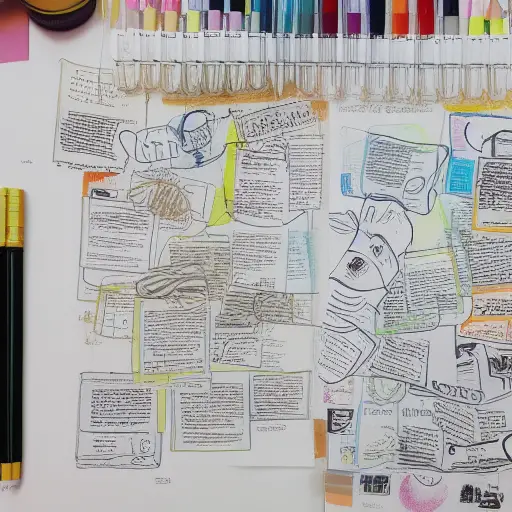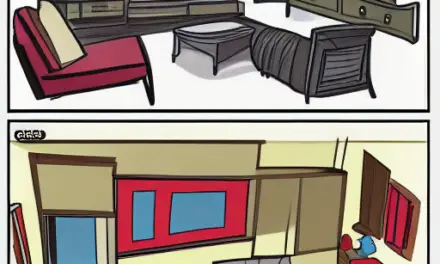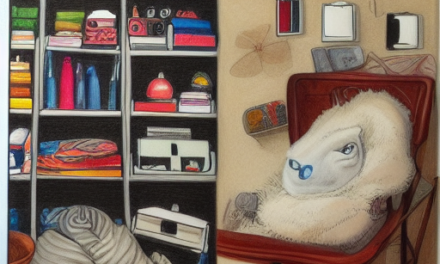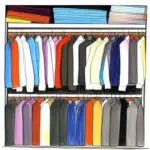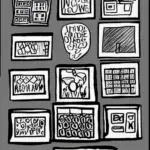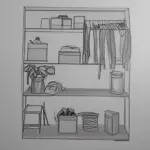When you organize your papers, you need to remember to organize them in chronological order. This is because many of them tend to pile up at various places. When you have a large pile, you need to take a look inside to find hidden items. You should also make it a habit to file them right away. A good way to do this is to use an inbox for your important papers.
Sorting documents in chronological order
If you need to locate a particular document, chronological order is a natural way to organize them. You can sort documents into categories based on date, and then sort them in chronological order. This is helpful when you need to find documents related to a particular project.
Organize your important papers into categories and keep them in one place. Folders and binders with pockets or plastic sleeves are good storage spaces for important documents. A file cabinet is also a good choice for keeping important documents. You can organize the files in alphabetical order, or sort them by date, client, or sub-type.
Once you have organized your paperwork, the next step is to file them into folders. Sorting them by date and subject will make it easier to find them quickly. For example, a folder for personal records should be separated from a folder for banking documents. Another folder should be for home-buying documents. Another way to group related documents is to use color-coding. This will help you identify which files contain related documents, preventing you from stuffing your folders.
Organizing your documents is an important process that requires time and effort. Reorganizing your documents may seem overwhelming at first, but it can be done in small steps. It’s important to schedule and be consistent. By organizing your documents in chronological order, you’ll have a better understanding of how to manage your important papers in the future.
Keeping archival papers in a central location
Archiving important documents is important for compliance and to provide evidence if needed. However, many documents are not required to be kept more than a few years. The best way to keep track of out-of-date documents is by labeling them with a destruction date. This makes it easy to keep track of which ones need to be disposed of, and ensures that storage space is used efficiently.
First, decide which type of documents should be kept in a central location. For instance, if important documents are in your filing cabinet, you must label them with their proper location. You should label all important files in red, and place them in the front of the cabinet.
In addition to labeling, you should also store important documents in a safe place. Important documents can include birth certificates, business financial records, deeds to property, and tax returns. Keeping these important papers in a secure, well-organized place will help you avoid losing them in case of emergency.
Keeping photos, invitations, and memos in plain sight
It is important to display paper items in plain sight. This way, you will know where to find them at a glance. Keep printed photos in a prominent place, such as a coffee table, or keep stationery in a decorative box on a shelf. Memos, invitations, and other important papers should be in easy reach.

